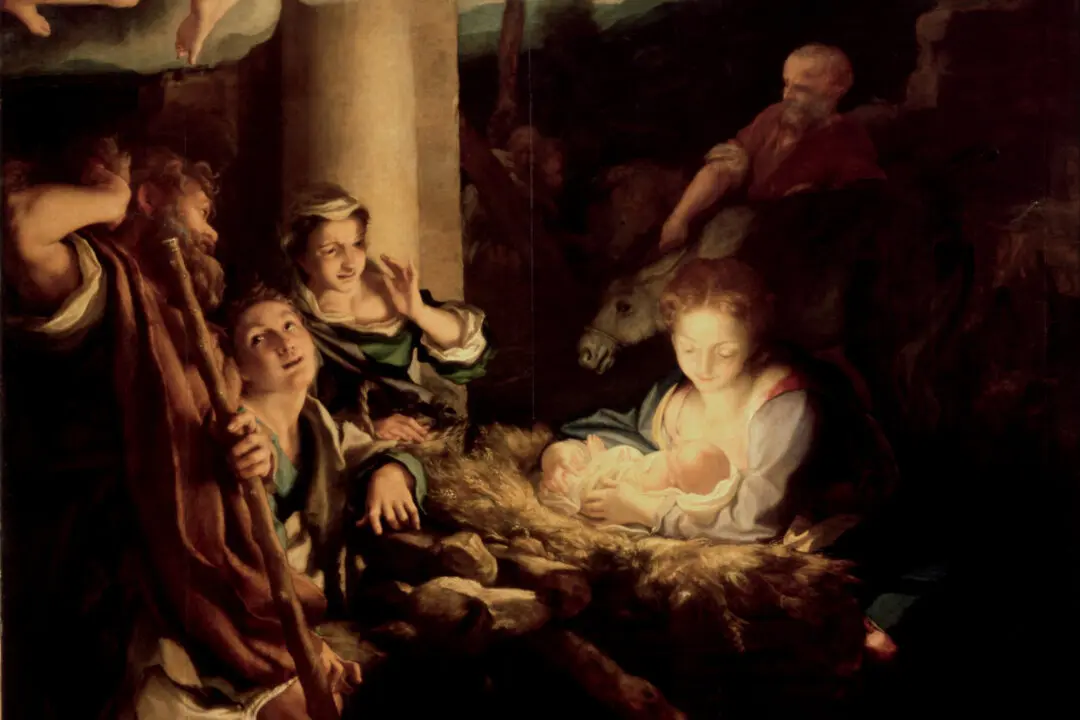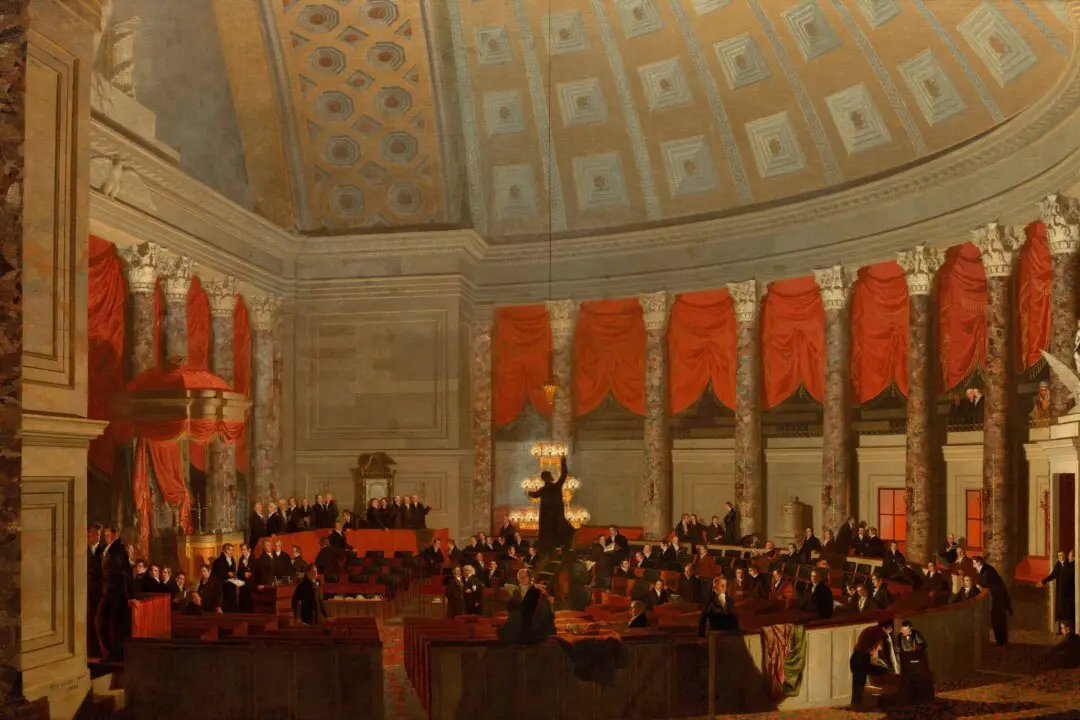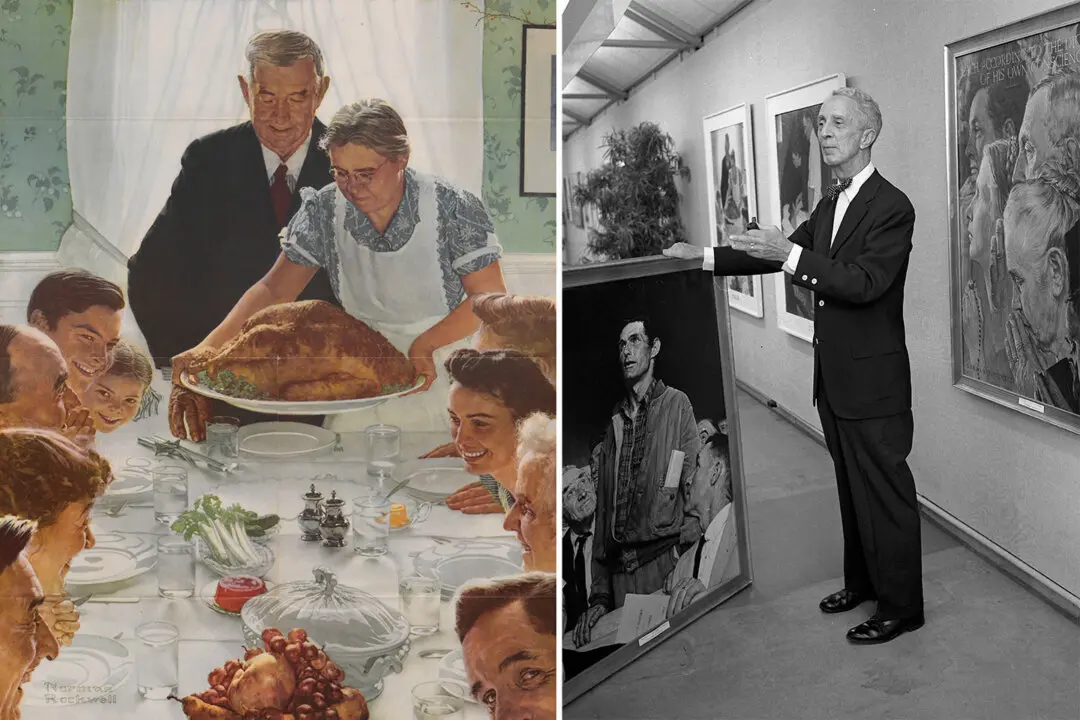The German-Flemish artist Hans Memling (circa 1435–1494) was one of the most significant painters during the second half of the 15th century in the Southern Netherlands. His is best known for his elegant and serene portraits and religious paintings, rendered in a richly colored palette. He oversaw a large and successful workshop in Bruges, and approximately 90 of his paintings survive. These reflect his skills in conveying lighting effects, sculptural bodies, and harmonious forms.
One of Memling’s most acclaimed works is a single panel at Madrid’s Thyssen-Bornemisza National Museum dated to circa 1485, during his mature period. The front shows “Portrait of a Young Man praying (recto)” and the back displays “Flowers in a Jug (verso).” The portrait is considered to be among the finest likenesses painted by Memling, while the floral composition is one of the first independent still lifes in art. In addition, the specific textile style depicted in the still life is referred to today as “Memling” rugs.





